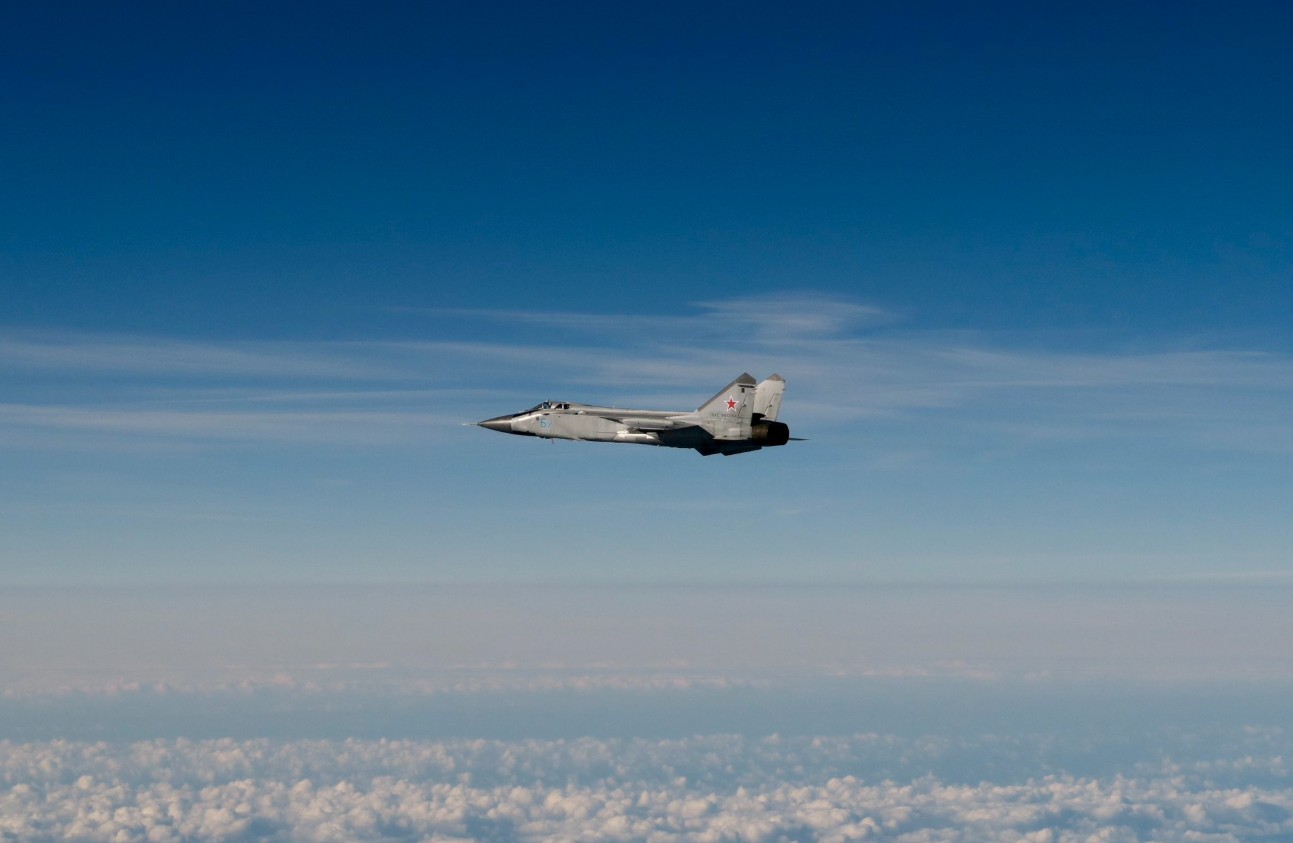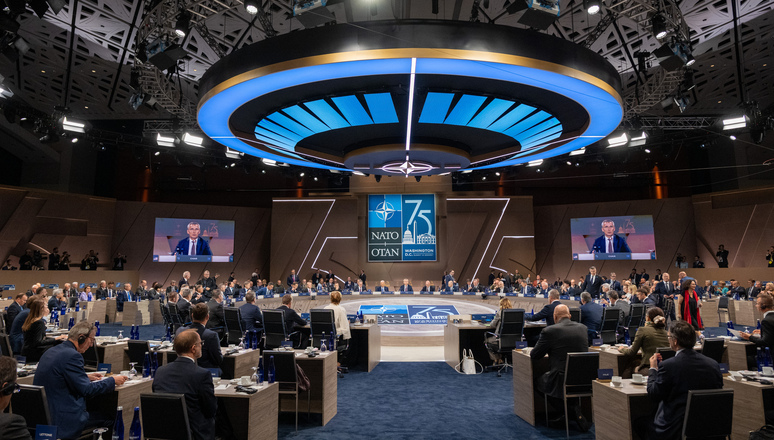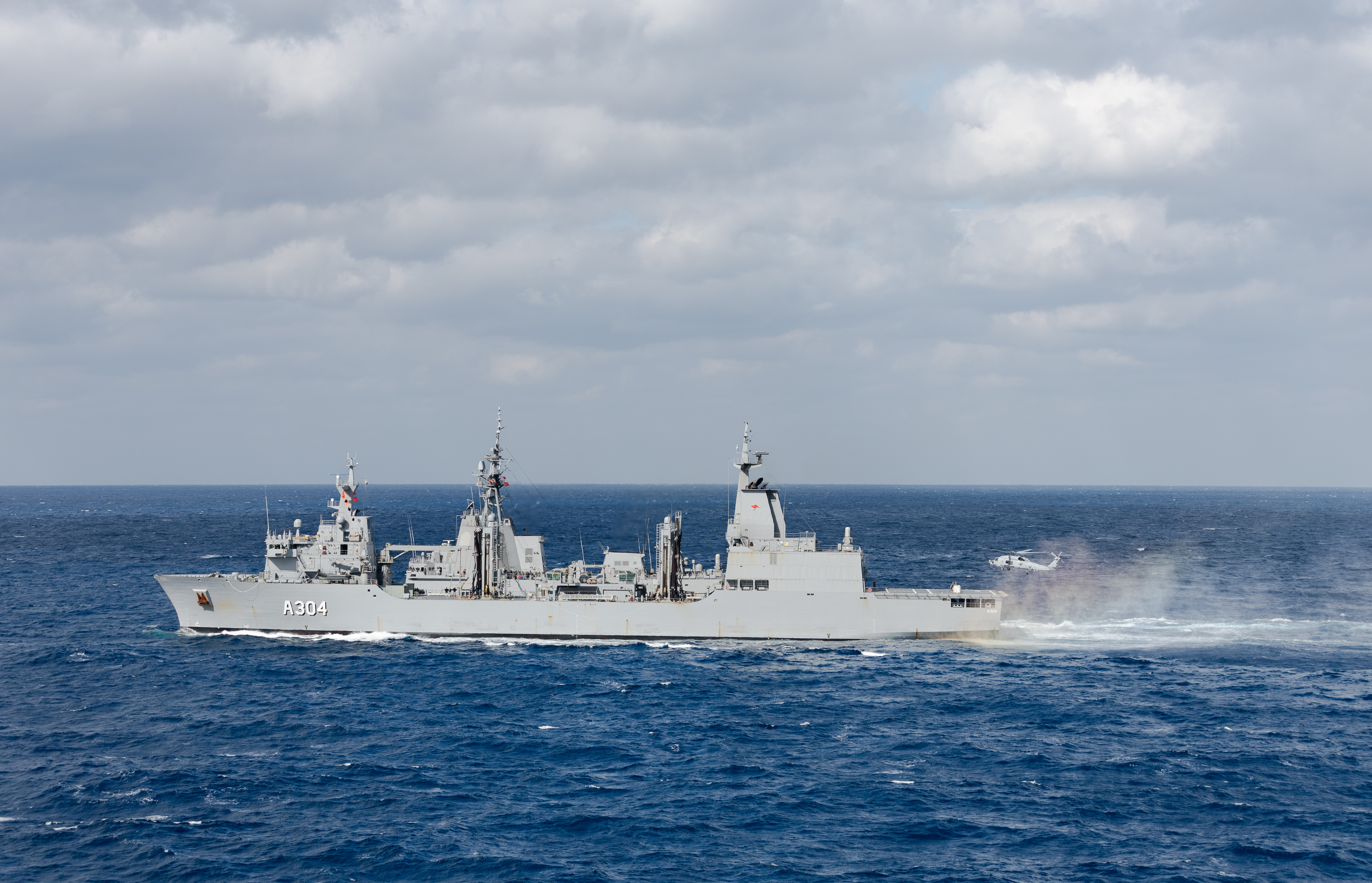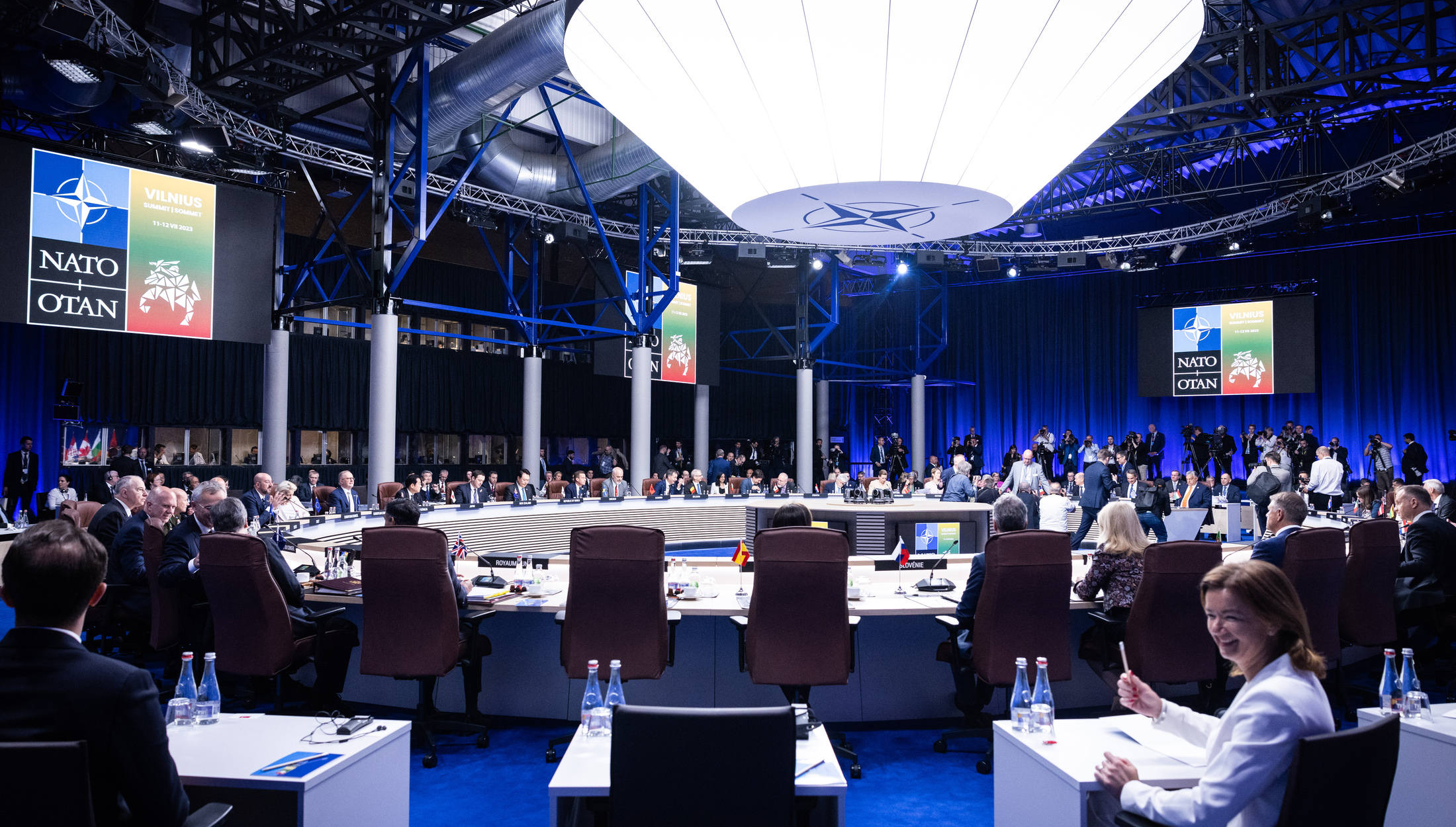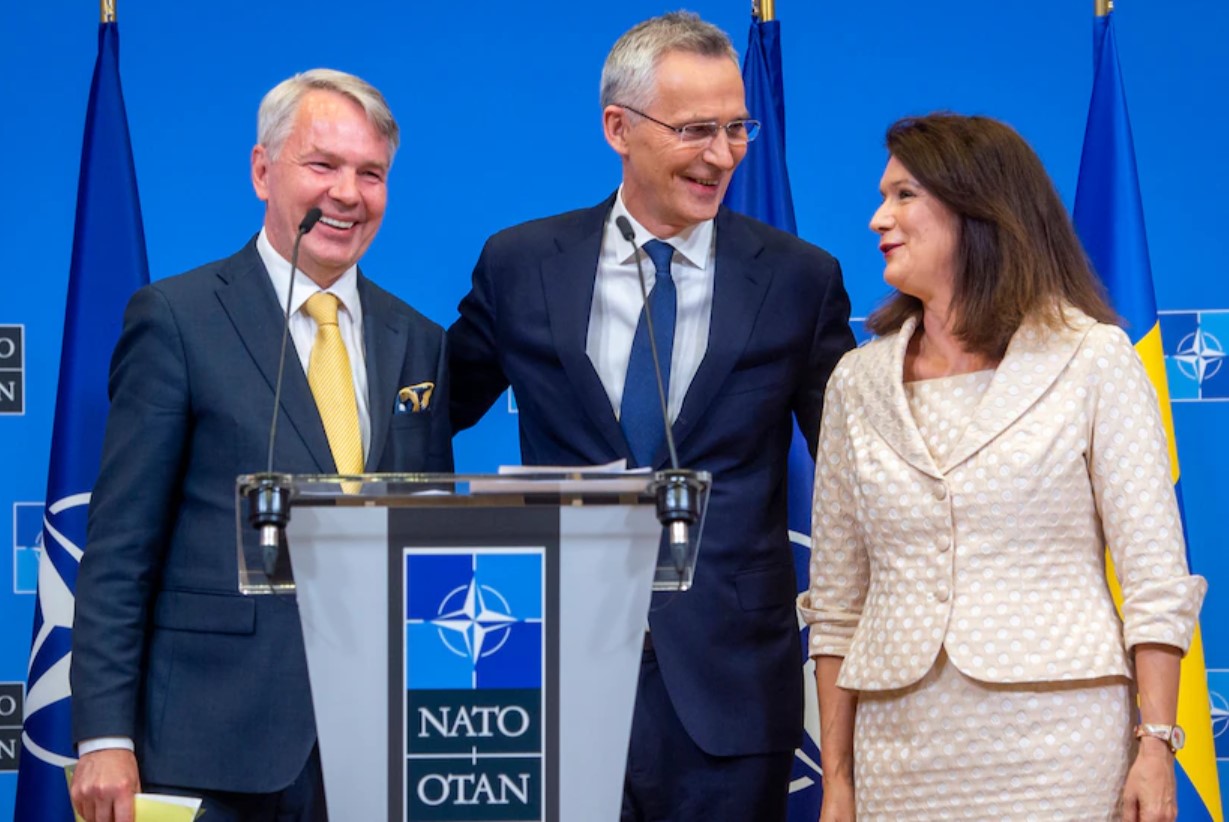The EU’s Strategic Compass for Security and Defense: An Incomplete Roadmap?
The EU’s Strategic Compass for Security and Defense: An Incomplete Roadmap?
By Marcin Jerzewski
May 5, 2022
Amid rising instability in the international system and a crisis of the multilateral order, the European Union (EU) has sought to identify ways by which it can enhance its strategic autonomy, or “capacity to act autonomously when and where necessary and with partners wherever possible.” The Strategic Compass for Security and Defense (the Compass), which sets a roadmap for the development of the EU’s security policy through 2030, is an attempt to give substance to this concept.
High Ambitions, Lingering Questions
An ambitious and concrete document, the Compass is informed by the first-ever EU-level threat analysis that presents a more comprehensive and nuanced picture of the threats and challenges the EU and its member states currently face or could face in the near future. Three novel elements of the EU approach to joint security and defense policy identified in the Compass merit further consideration. Firstly, the document defines the plans to develop a Rapid Deployment Capacity (RDC) consisting of up to 5,000 troops, which could be deployed “in non-permissive environments.” Secondly, the Compass is striving for increased maritime cooperation, which clarifies how the EU intends to turn “geopolitical.” Finally, it also integrates the digital realm and cyberspace into the assessment of the EU’s security landscape, and proposes actionable solutions for strengthening the EU’s capacity to counter hybrid and cyber threats.
While the Compass constitutes an upgrade from previous security and defense strategy papers, it is not free from shortcomings. Importantly, the document fails to effectively address the strategic challenges the EU continues to encounter in the Indo-Pacific, particularly those originating in the People’s Republic of China (PRC). This may further exacerbate divergences in the transatlantic approach to China and cooperation between Brussels and Washington in the Indo-Pacific. Additionally, while the document recognizes the EU’s strategic partnership with NATO as “essential,” it does not present a clear blueprint for the division of labor between the EU and NATO, reflecting dissimilar dynamics in western and eastern member states’ respective relations with the transatlantic bloc.
Lastly, the document fails to effectively address the perceived gap in identified threats and the EU’s capability to address them. It is noteworthy that the RDC proposed by the Compass follows previous unsuccessful attempts to establish an EU-level rapid reaction force, from the 1999 Helsinki Headline Goal to the 2004 European Union Battlegroup Concept. In turn, these limitations in capability give rise to questions about the credibility of the roadmap.
Consequently, while the Compass constitutes an important step towards enhancing the EU’s ability to respond to threats of diverse nature, it remains to be seen whether the document is sufficient and actually operational. Internal fragmentation of the EU, differences in national and union strategic interests, and questions of credibility constitute key challenges to the successful implementation of the Compass.
The Unresolved China Question
Developed over the past 18 months, EU heads of state and government endorsed the Compass at the European Council meeting on March 24. The newfound resolve of the EU to reassess its collaboration on security and defense coincides with the “return of war to Europe” amid the Russian invasion of Ukraine. The document explicitly refers to multiple kinds of threats originating from Russia, ranging from the kinetic conflict in Ukraine to weaponization of the energy market and information manipulation and interference. As the Moscow-Beijing axis of authoritarianism consolidates, conflicts, military build-ups and aggressions, and sources of instability continue to increase.
Yet, differences in the EU’s perception of Russia and China as sources of threats to global security and stability are apparent in the Compass. While the document specifically draws attention to Moscow’s inroads in the eastern Mediterranean and Sub-Saharan Africa and explicitly criticizes these efforts as “opportunistic,” the language describing China’s behavior remains more cautious. Perpetuating the conflicting rhetoric about EU-China engagement, which conceptualizes Beijing as simultaneously a “partner,” a “competitor,” and a “systemic rival,” the Compass highlights the challenge of the asymmetry in terms of market access, but also calls for more cooperation in areas of mutual concern such as the climate crisis. The document also fails to address China’s growing footprint in Africa and Southeast Asia as well as its crackdown in Hong Kong and intimidation of Taiwan. Additionally, although “increasingly assertive regional behavior” in the Indo-Pacific is named as one of the challenges for the EU, it is not specifically ascribed to any particular actor.
The insufficient treatment of the challenges posed by the rise of China is particularly troubling in light of China’s activities in the areas identified as key novel areas of international contestation: access to the high seas, outer space and the digital sphere. It ought to be borne in mind that Beijing enacted military reforms to more fully integrate cyberspace, space, and electronic warfare into joint military operations.
This conspicuously softer stance on China is likely a product of disagreements between the member states regarding the trajectory of Europe’s relations with the PRC. While some member states, such as Lithuania, have developed increasingly assertive policies on China, others remain taciturn to avoid jeopardizing their economic relations with Beijing. A recent report on the Compass prepared for the French Senate explicitly discouraged conceptualizing China as “an ultimate threat for the European Union,” and called for a more flexible approach toward Beijing. These dynamics are reflective of the objective to disconnect economic interests from their geopolitical and security implications — despite the fact that security is also a function of economic conditions. Amid the calls to adopt a more effective 27+1 approach and communication with Beijing, these unresolved differences in China policies across the EU capitals will hinder the bloc’s ability to address threats stemming from China’s aggressive nationalism in a productive and unified manner.
This, in turn, has considerable implications for the applicability of the Compass for enhancing the EU’s presence in the Indo-Pacific. The prospect of expanding the Coordinated Maritime Presences (CMP) in the region highlights the ambition of the EU to increase its capacity as a reliable partner and maritime security provider. Yet, recognizing that China is one of the principal claimants in maritime disputes in the East and South China Seas, lack of unity and determination at the EU level to address maritime threats originating from China will undermine the bloc’s role in the Indo-Pacific.
Can the EU Live Up to Its Own Expectations?
Beyond the challenges to the Compass’s applicability in the Indo-Pacific region stemming from the bloc’s reserved posture vis-à-vis China, additional questions remain regarding the EU’s ability to make its ambitions a reality.
The issue of effective implementation of the prescriptions of the Compass is particularly relevant when considering the plan to develop an RDC. Importantly, the document currently specifies that an RDC would be built upon the “substantially modified EU Battlegroups.” Lack of political consensus and the heavy economic burden for member states participating in deployment have had a negative impact on the operability of battlegroups. Political will and consensus will also remain imperative to identifying military operations suitable for the deployment of RDC soldiers. The Compass in its current shape does not define conditions for rapid deployment, potentially jeopardizing EU’s crisis management capabilities in light of intra-bloc disagreements about the acceptable level of engagement.
Fragmentation of the EU and solipsistic pursuit of national over collective union interests are thus the key challenges to the effective implementation of the Compass. This limitation is particularly visible when analyzing the applicability of the document to the realization of the EU’s geopolitical ambitions in the Indo-Pacific and in response to the rise of China. Additionally, while the EU has sought to collectively stand up against Russian aggression and support Ukraine, some visible cracks are already emerging, including divisions over an embargo on Russian fossil fuels. Consequently, while the document lays an ambitious foundation for a more effective and unified approach for the EU to address existing and emerging threats, challenges to European unity may put its implementation in jeopardy.
(Marcin Jerzewski is an Analyst at the Taipei Office of the European Values Center for Security Policy.)



